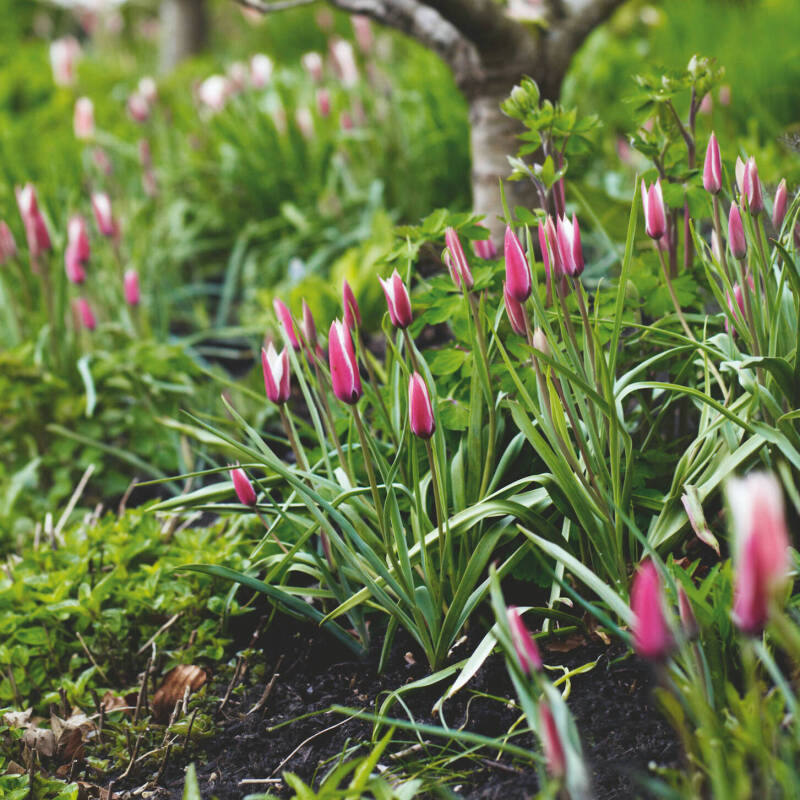Daisy Buchanan would look very comfortable lounging against the backdrop of an Edmund Hollander landscape.
It’s difficult, in fact, to look at one of the many sprawling, luxurious estate gardens that NY-based landscape architect Hollander has created for wealthy clients on Long Island’s East End without thinking about the Great Gatsby. And it’s nearly impossible to flip through the 350 beautifully photographed pages of a new book devoted to the work of Edmund Hollander Design without feeling the inchoate yearning that Gatsby had for a distant green light that burned on a dark horizon. We all covet something beautiful; what that means, according to The Private Oasis by Philip Langdon, is drifts of high grasses and dandelion-puff alliums and impossibly glassy swimming pools.
Above: Hollander, once described as doing “beautiful work for the most beautiful people in the world,” has a classicist’s eye for symmetry. Here a backbone of boxwood supports lady’s mantle, lavender, and alliums as they face off across a path.
Above: With partner Maryanne Connelly, Hollander uses paths to “establish a rhythm of movement within the landscape,” according to Langdon.
Above: The interesting thing about Hollander’s work is how well he can adapt his 1920s retro vernacular to simpler, modern tastes without forfeiting the approachability of his more sentimental gardens. Here, the pom pons of Allium giganteum ‘Mount Everest’ and ‘Globemaster’ are inter-planted with grasses.
Above: Grasses line the walk of a house designed by Steven Holl Architects.
Above: As an undergraduate at Vassar, Hollander catalogued every tree on campus; here the same bent for organization informs a succession of identical bluestone beds.
Above: A typical Hollander design, the infinity pool extends to the horizon and has a simple coping edge.
Above: An entryway to a property should feel like a journey, Hollander believes, and many of his entries reflect the romantic sensibility of Frederick Law Olmstead’s naturalistic approach: A path should feel spontaneous.
Above: The Private Oasis: The Landscape Architecture and Garden Design of Edmund Hollander and Maryanne Connelly, by Philip Langdon, is $32.64 from Amazon.

















Have a Question or Comment About This Post?
Join the conversation